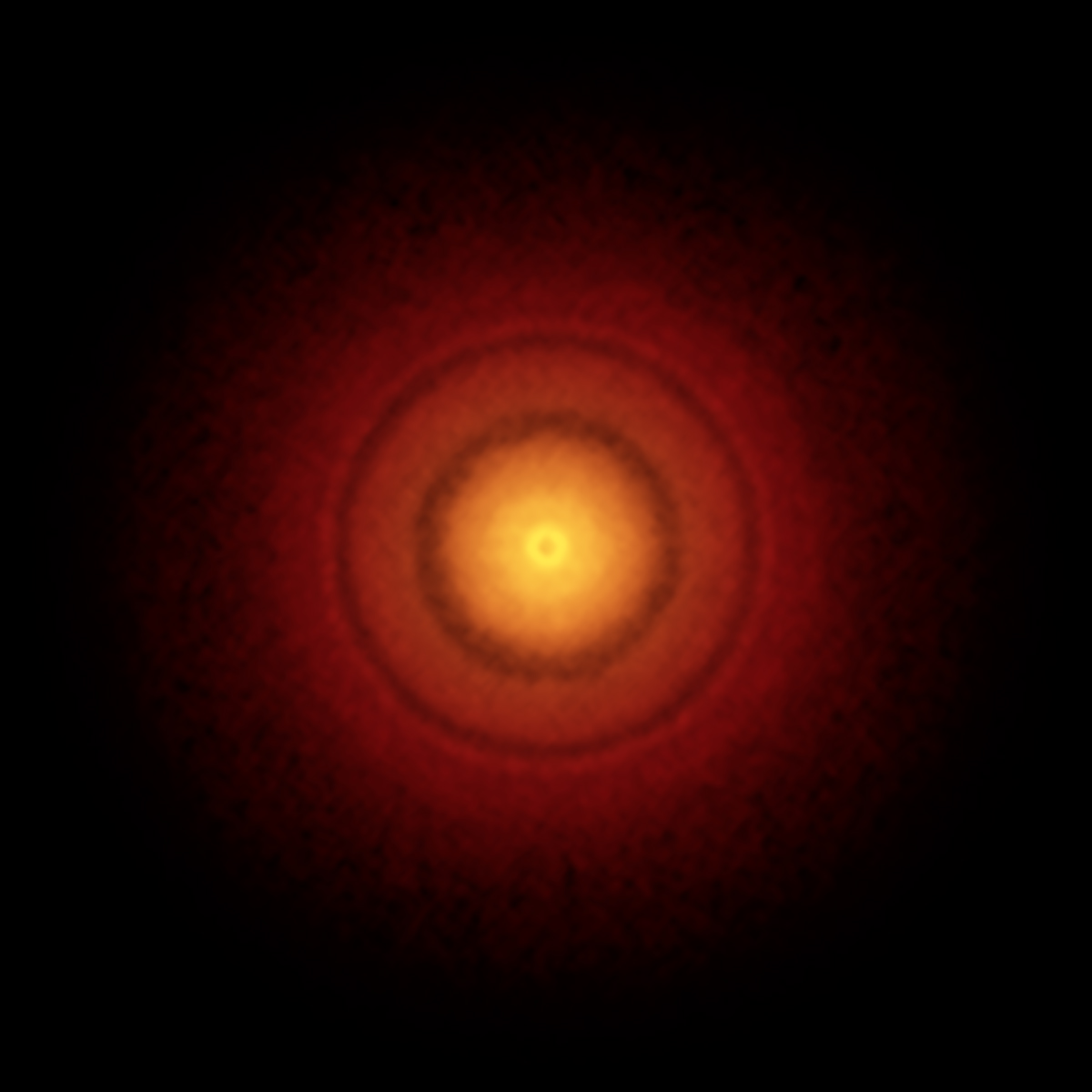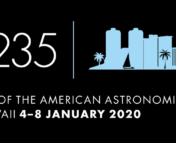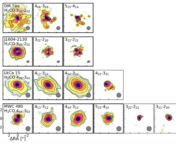In this series of posts, we sit down with a few of the keynote speakers of the 235th AAS meeting to learn more about them and their research. You can see a full schedule of their talks here, and read our other interviews here!
The Molecules that Made Our Planet
Where did all the stuff that makes up Earth come from? The universe is mostly hydrogen and helium, with elements as heavy as iron formed in the cores of stars and heavier elements formed in supernovae. There’s a lot that has to happen for a molecule to get from interstellar space all the way to a terrestrial planet, including a lot of chemistry going on in planet-forming disks. Professor Ted Bergin, University of Michigan, is working on these questions; in fact, he’s this year’s Dannie Heineman prize winner, for his “pioneering work in astrochemistry and innovative contributions to our understanding of the physics and chemistry of star and planet formation, and for his tireless efforts to improve diversity and inclusion in astronomy.”
As an undergrad at Villanova, Prof. Bergin decided to pursue astronomy the day before his classes started, and since then he’s “never looked back.” Following the typical academic path, he completed his PhD at the University of Massachusetts (which, in his words, “took a while”) and then went on to a postdoctoral position at Harvard-Smithsonian. He spent an unusually long eight years there, due to his involvement with NASA missions looking for water and oxygen in molecular clouds.
Now, he’s a professor and the chair of the Department of Astronomy at the University of Michigan, working on understanding what’s going on with the chemistry in protoplanetary disks when planets are being formed. With ALMA (the Atacama Large Millimeter Array), we can currently observe the precursors to gas giants. The harder problem, though, is to understand the chemistry that leads to terrestrial worlds (spoiler alert – this is what Prof. Bergin’s talk will be on!). Why is it harder to observe terrestrial worlds? First off, ALMA’s resolution is limited to 10-15 AU (Astronomical Units), which isn’t where terrestrial planets live (they’re closer in to their stars). Also, we are only observing the gas, not the solids that will form rocky planets. We do have an option, though! It’s possible to study what’s in the gas to figure out what’s in the grains and solids.

A particular puzzle remaining is why comets have lots of carbon, but Earth is a carbon-poor world – what happened to all the interstellar carbon that should be in our inner solar system? Since we know solids move around in protoplanetary disks, what’s happening at 10 AU (where we can observe) might matter at 1 AU (where our terrestrial planets live). Prof. Bergin is working to understand this, saying that we’re “on the cusp of connecting the dots with ALMA.” Looking to the future, the James Webb Space Telescope (JWST) will be able to directly access the terrestrial formation zone, giving more valuable information on the chemistry leading to rocky planets.
A Fortunate Career
Being an astronomer may be a dream job, but Prof. Bergin’s advice is to keep a healthy perspective on the privilege we have as trained scientists. He describes how it’s common to hold onto the idea that there are limited jobs in astronomy, but since it’s a dream we can’t imagine or accept anything else, even though our “backup” jobs are often still great options. As he reminded himself in grad school, “My Plan B, if this dream didn’t work, was still better than most of the population’s Plan A.” His other advice? “Don’t be shy, and always ask.”
Be sure to check out Professor Bergin’s Dannie Heineman prize plenary talk about “Making a Habitable Planet” on Tuesday, January 7th at 8:10am at #AAS235.



